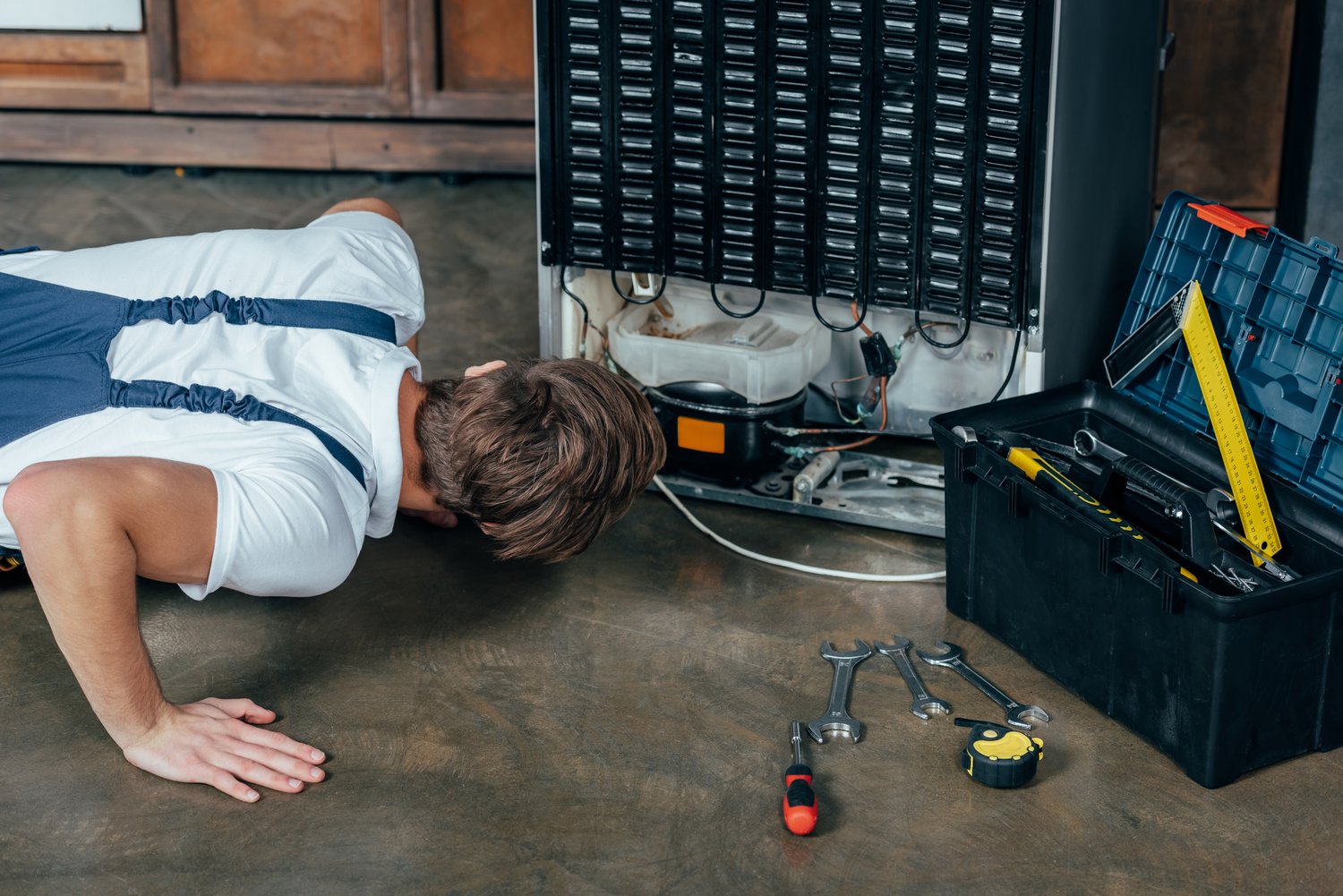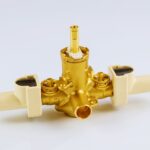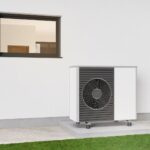Your refrigerator’s chilling capability acting up? Before you panic and reach for the phone to call in a repair technician, consider that many cooling issues are within your capability to fix. As these problems not only disrupt your kitchen’s workflow but also risk food safety, knowing how to quickly identify and troubleshoot common refrigerator issues can be a pivotal skill for any kitchen manager or catering professional.
- Understand the primary reasons your refrigerator might not be cooling properly, such as thermostat misalignment or obstructed airflow.
- Identify easily fixable problems, helping you avoid costly professional repairs and maintain uninterrupted kitchen operations.
- Learn proactive maintenance tips, ensuring your refrigerator runs efficiently and extends its service life.
Through this guide, you’ll uncover actionable steps for troubleshooting and solving refrigerator cooling issues swiftly. Armed with this knowledge, you can maintain a seamless kitchen environment, preventing downtime and safeguarding your business’s operations.
Understanding Refrigerator Cooling Issues: Why is My Refrigerator Not Cooling Properly? 7 Fixable Causes Explained
Refrigerators play a crucial role in keeping food safe and fresh. However, when your refrigerator is not cooling properly, it can lead to spoiled food and increased energy costs. Understanding the reasons behind these cooling failures can save you from unnecessary worries.
This guide explores the most common causes behind cooling issues and highlights solutions that often don’t require professional expertise. Addressing these problems early can prevent further complications and ensure your refrigerator operates efficiently.
Common Problems That Lead to Cooling Failures
If you’ve ever asked, “Why is my refrigerator not cooling properly?” you’re not alone. Several common problems can reduce your refrigerator’s cooling capacity, leaving you frustrated and concerned about food safety.
A common culprit is incorrect thermostat settings. Many times, these settings are accidentally adjusted, leading to inadequate cooling.
Another frequent issue is with door seals. Damaged or worn-out seals can allow cool air to escape, reducing the refrigerator’s efficiency.
Obstructions in air flow can also be to blame. Blocked vents inside the fridge prevent air from circulating effectively, which can affect the overall cooling performance. Identifying these common problems is the first step towards keeping your refrigerator running smoothly.
How to Fix Common Issues: Why is My Refrigerator Not Cooling Properly? 7 Fixable Causes and Their Solutions
Ensuring that your refrigerator maintains optimal cooling efficiency is vital for preserving food quality and preventing wastage. If you notice your appliance is not cooling effectively, there are practical solutions that can often resolve the problem without the need for professional intervention. Understanding these simple fixes can save you both time and money.
Adjusting Temperature Settings
One of the most common reasons for inadequate cooling is incorrect temperature settings. Make sure the thermostat is set to the manufacturer’s recommended level. Typically, the ideal temperature for a refrigerator is between 37°F (3°C) and 40°F (5°C). A quick check and adjustment might bring your fridge back to proper cooling.
Cleaning Condenser Coils
Dirty condenser coils can hinder the refrigerator’s cooling ability. Over time, dust and debris accumulate, causing the coils to work harder and less efficiently. Periodically cleaning these coils, located usually at the back or bottom of the appliance, can greatly improve cooling performance. First, unplug the appliance, then use a brush or vacuum designed for appliances to clear away dirt.
Checking for Blockages
Improper air flow inside the refrigerator can often lead to cooling issues. Ensure that food items aren’t blocking vents or air paths. Rearrange contents to allow free movement of cool air throughout the compartments. This simple solution can often restore balance and efficiency.
By addressing these common issues, you can often solve the problem without calling in a specialist. If these solutions do not work, consult the refrigerator’s manual for further guidance or consider seeking professional assistance.
Frequently Asked Questions About Refrigerator Cooling Issues
What are the common reasons for a refrigerator not cooling properly?
Answer: Common reasons include incorrect thermostat settings, dirty condenser coils, blocked vents, and faulty door seals.
How can I check if the thermostat is set correctly?
Answer: Ensure the thermostat is set between 37°F (3°C) and 40°F (4°C) for the refrigerator. Adjust if necessary.
Why is it important to clean condenser coils?
Answer: Dust and dirt on condenser coils can reduce cooling efficiency. Clean them regularly to ensure proper airflow.
How do I know if my refrigerator door seals are faulty?
Answer: Perform the paper test by closing a piece of paper in the door. If it slides out easily, the seals may need replacing.
What can cause blocked airflow in my refrigerator?
Answer: Overloading shelves and obstructed vents can block airflow. Ensure proper spacing around vents for optimal circulation.
Should I unplug the refrigerator before inspecting?
Answer: Yes, always unplug your refrigerator before inspecting or attempting any repairs to ensure safety.
When should I call a professional for refrigerator cooling issues?
Answer: If simple fixes don’t resolve the issue or if there are problems with electrical components, contact a professional.





